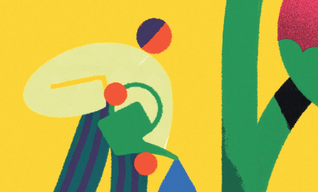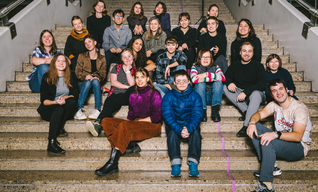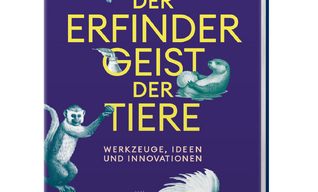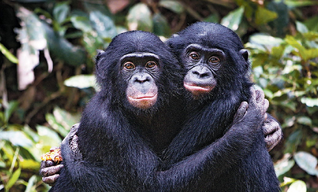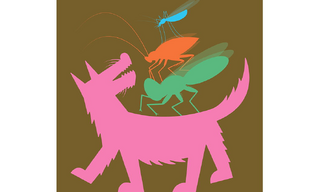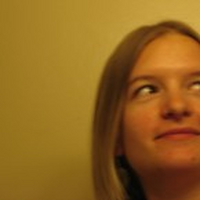
patricia mcallister-käfer
Neunkirchen
-
Noch keine BeiträgeHier wird noch geschrieben ... bitte schaue bald nochmal vorbei

patricia mcallister-käfer
-
natur
-
wissenschaft
-
storytelling
-
mensch-tier-beziehung
Patricia McAllister-Käfer ist freie Journalistin, Autorin & Schreibmentorin.
. Autorin von »Nur Helden werden uns nicht retten« (oekom 2024)
. Co-Autorin der österreichischen Wissenschaftsbücher 2022, 2023 und 2024, Kategorie Naturwissenschaft/Technik: »Von singenden Mäusen und quietschenden Elefanten« (Angela Stöger, 2021), »Raben« (Thomas Bugnyar, 2022) & »Elefanten« (Angela Stöger, 2023); außerdem: »Die erstaunliche Welt der Graugänse« (Sonia Kleindorfer, 2024)
. Stipendiatin »Forschung & Journalismus« der Österreichischen Akademie der Wissenschaften
. Studienabschlüsse in Journalismus (FH Wien, 2007) und Human-Animal Interactions (Messerli-Institut, VetMed-Uni/Uni Wien, 2016)
2005-2010: Redakteurin Die Presse, Feuilleton
2010-2016: Programmkoordinatorin eines internationalen Studiengangs zu Medieninnovationsmanagement, Medienhaus Wien
2016-2020: Chefin vom Dienst beim Monatsmagazin Datum & Leiterin dessen journalistischen Nachwuchsprogrammes
ab 2020: Selbstständige Journalistin, Autorin & Schreibmentorin spezialisiert auf Erzählstrategien (Print, Online, TV) sowie Mitarbeit beim inklusiven Online-Magazin andererseits
UID-Nummer: ATU62804889
Auftraggeber
Brandstätter Verlag , Die Presse , Falter , andererseits
Weitere Profile
Newsletter »Narrativ naiv« , Website
Fehler!
Leider konnte der Artikel nicht gefunden werden.
We can't find the internet
Attempting to reconnect
Something went wrong!
Hang in there while we get back on track


